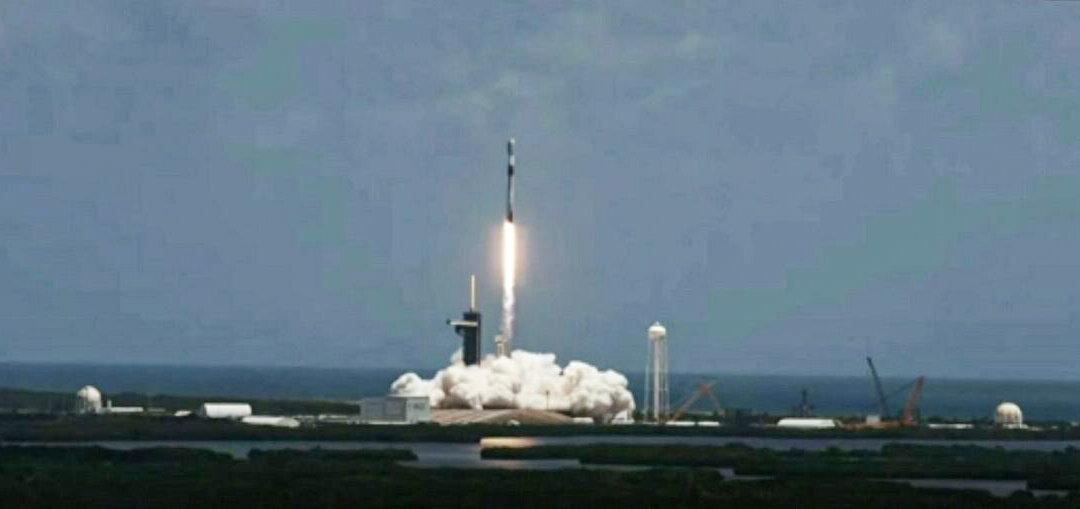Elon Musk’s SpaceX on Jan. 2 launched its first Starlink satellites capable of providing mobile phone service to customers of T-Mobile and a string of other carriers, even in remote locations.
SpaceX stated that it launched a total of 21 satellites from its Falcon 9 rocket from Space Launch Complex 4 East at Vandenberg Space Force Base in California.





